Guildline 9711B Series User manual
Other Guildline Measuring Instrument manuals
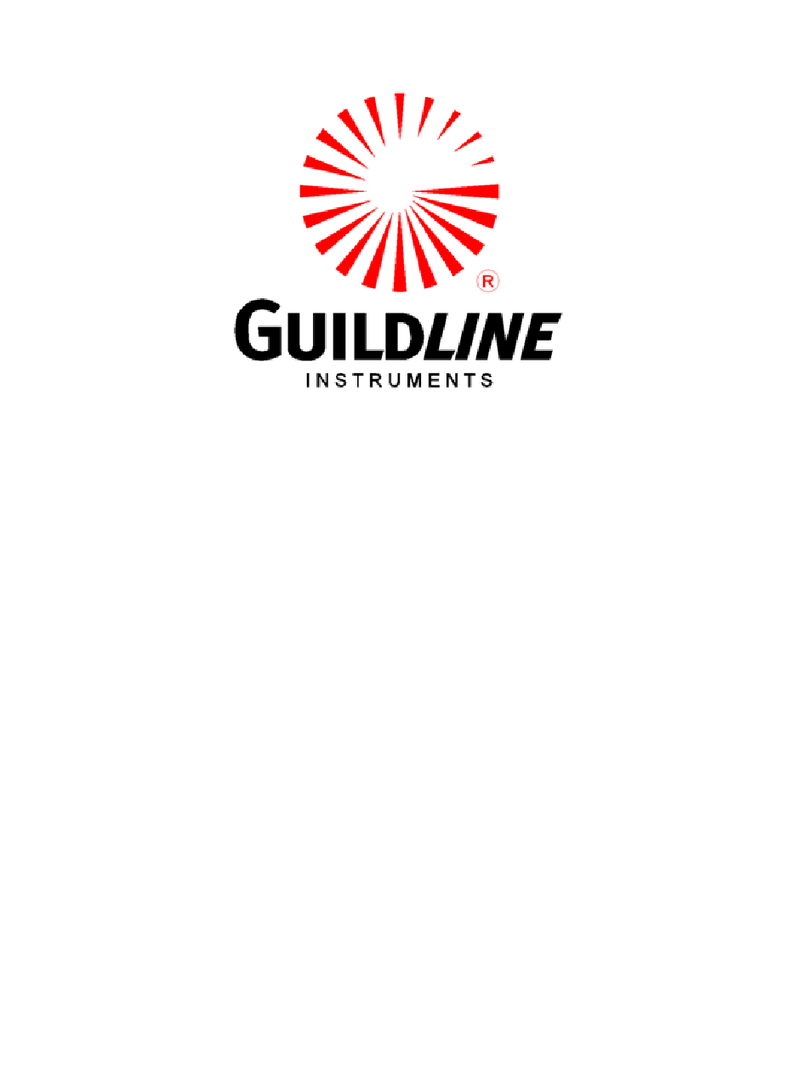
Guildline
Guildline 9334A Series User manual

Guildline
Guildline 6622T Series User manual
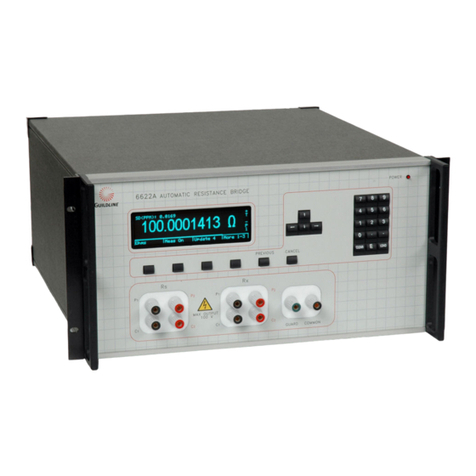
Guildline
Guildline 6622A Series User manual
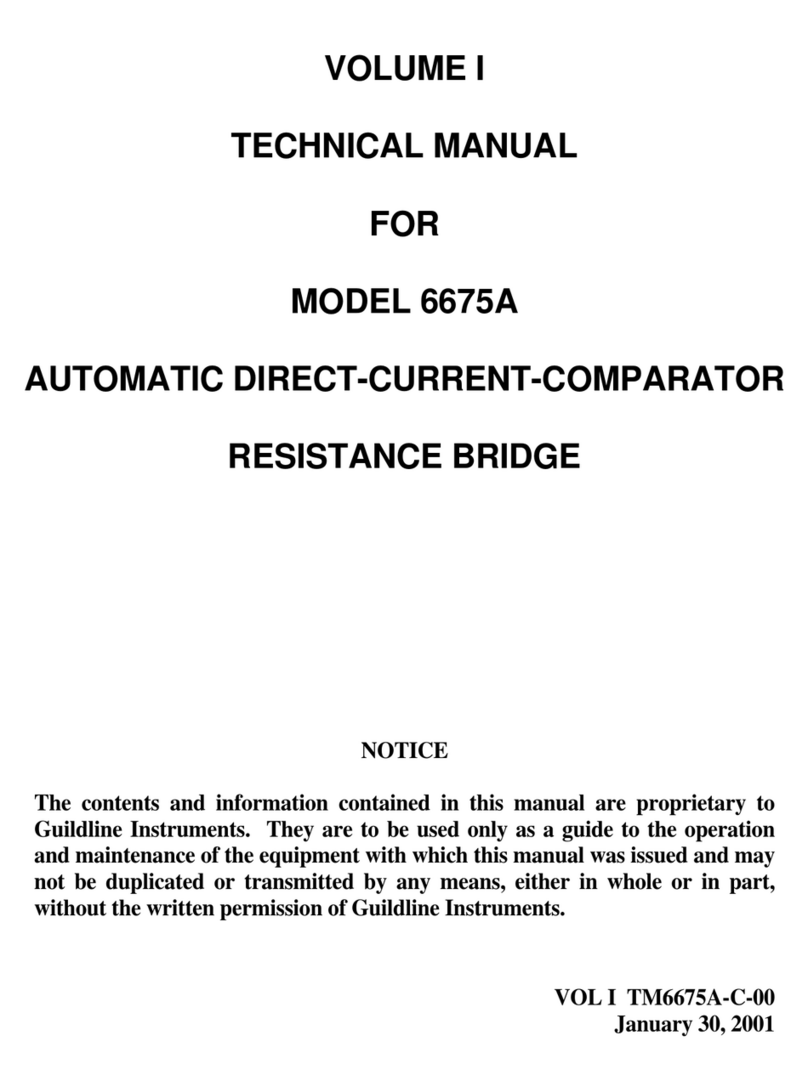
Guildline
Guildline 6675A User manual
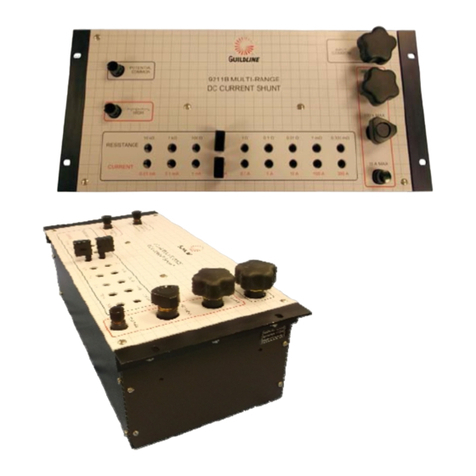
Guildline
Guildline 9211B Series User manual
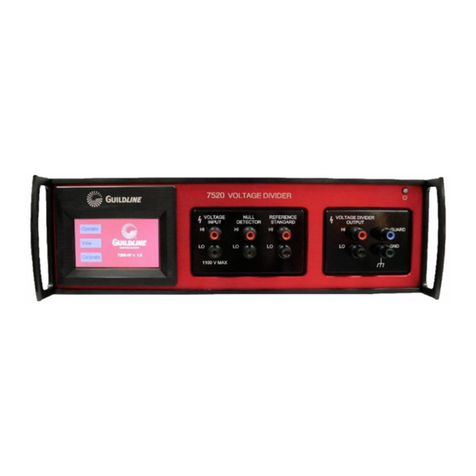
Guildline
Guildline 7520 Guide
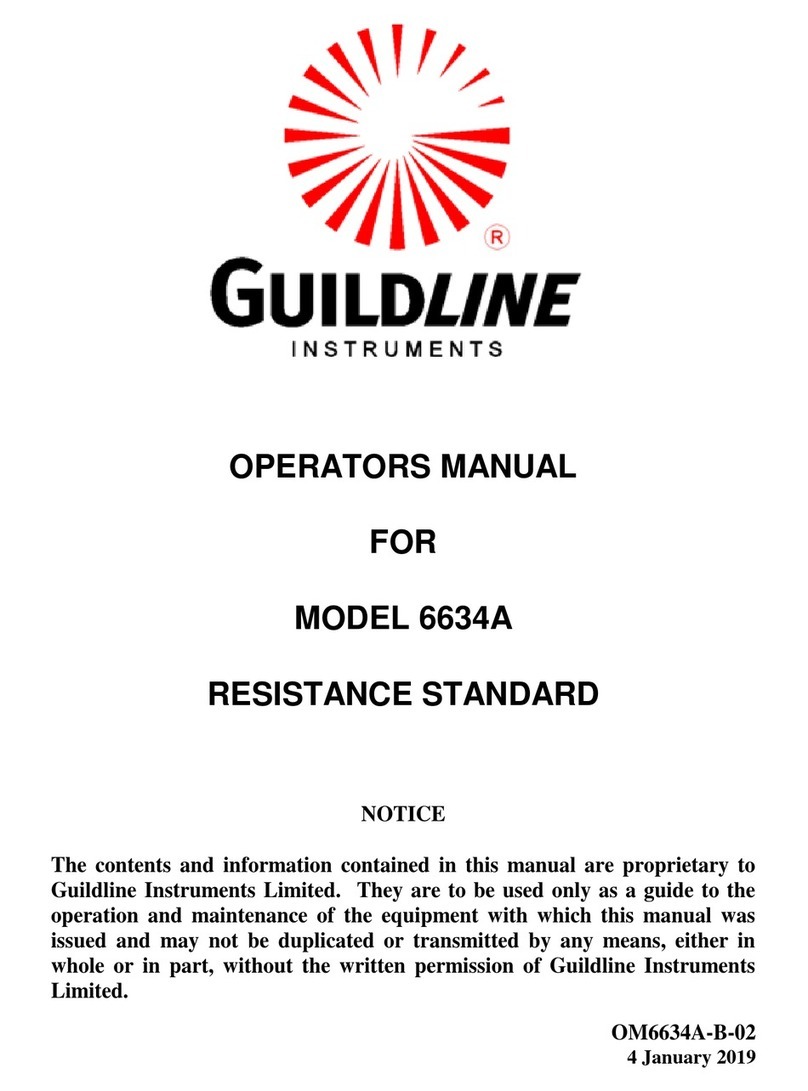
Guildline
Guildline 6634A Resistance Standard User manual
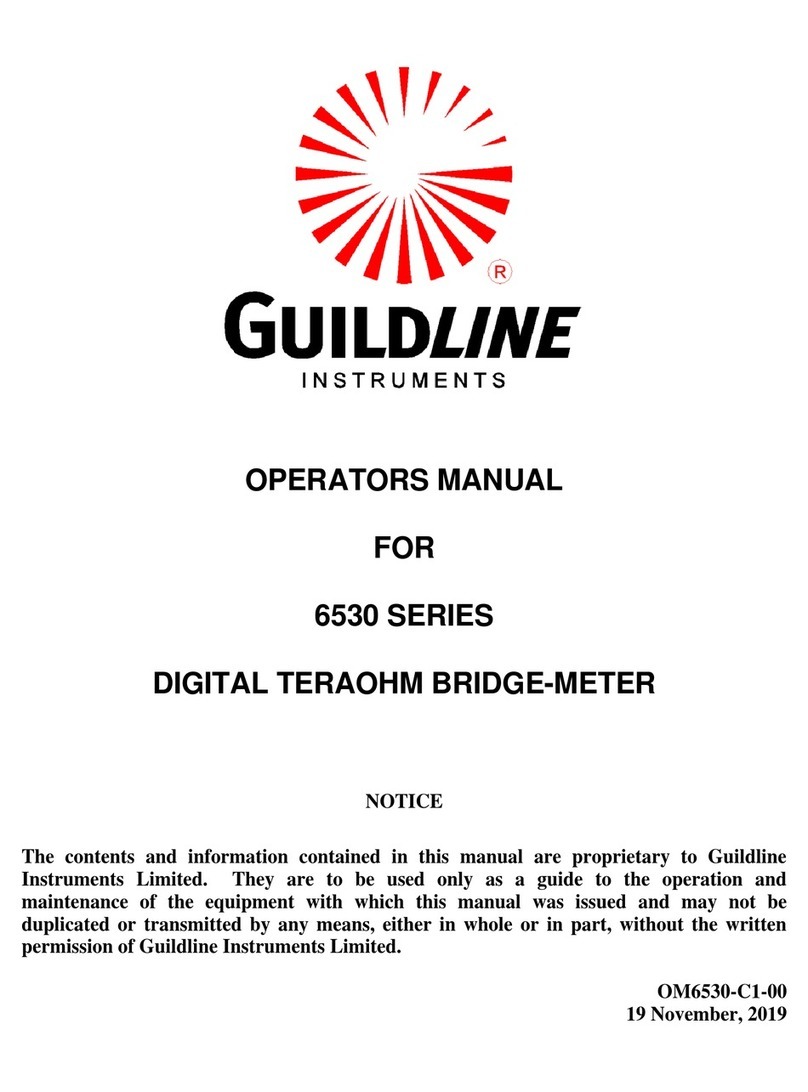
Guildline
Guildline 6530 Series User manual
Popular Measuring Instrument manuals by other brands

Powerfix Profi
Powerfix Profi 278296 Operation and safety notes

Test Equipment Depot
Test Equipment Depot GVT-427B user manual

Fieldpiece
Fieldpiece ACH Operator's manual

FLYSURFER
FLYSURFER VIRON3 user manual

GMW
GMW TG uni 1 operating manual

Downeaster
Downeaster Wind & Weather Medallion Series instruction manual

Hanna Instruments
Hanna Instruments HI96725C instruction manual

Nokeval
Nokeval KMR260 quick guide

HOKUYO AUTOMATIC
HOKUYO AUTOMATIC UBG-05LN instruction manual

Fluke
Fluke 96000 Series Operator's manual

Test Products International
Test Products International SP565 user manual

General Sleep
General Sleep Zmachine Insight+ DT-200 Service manual















